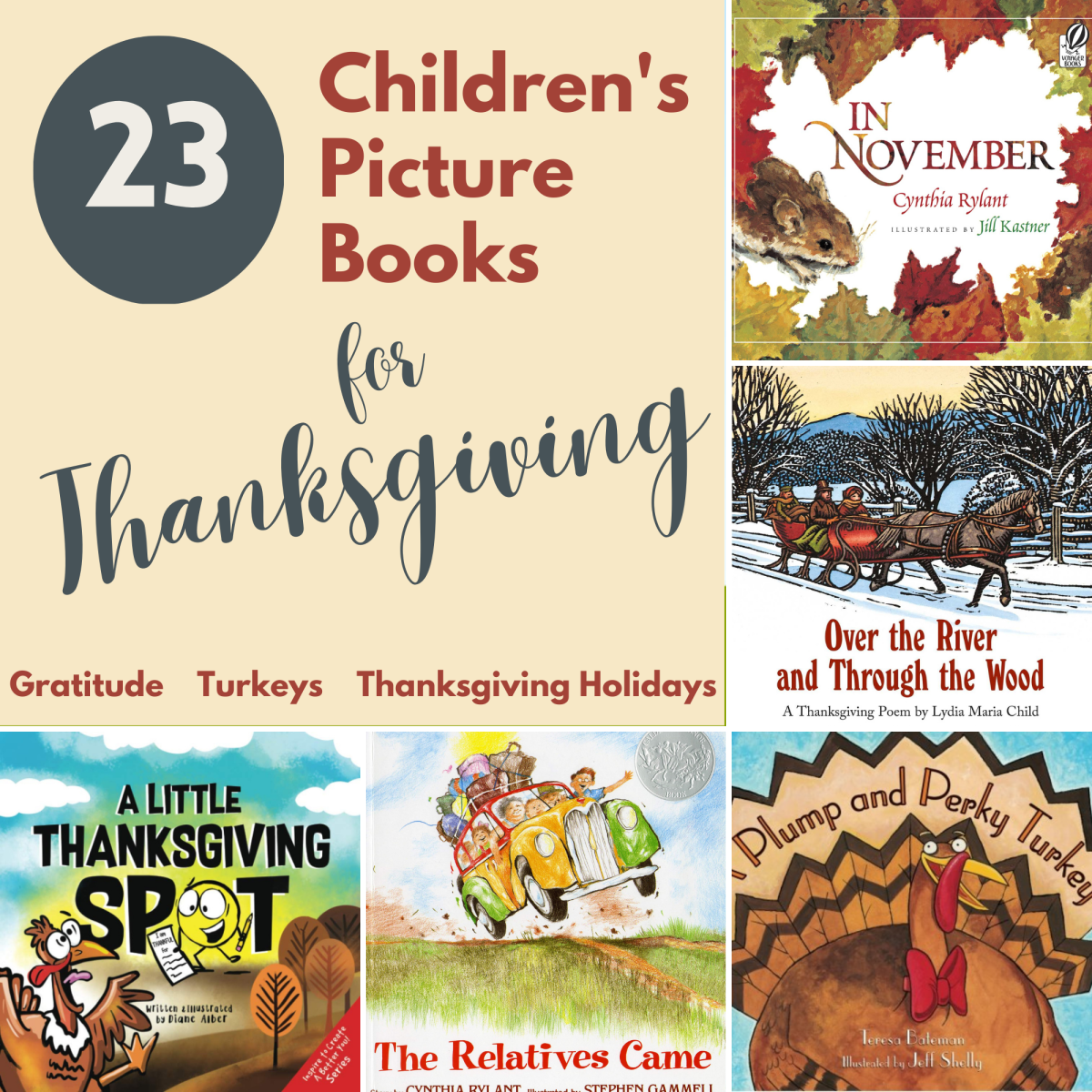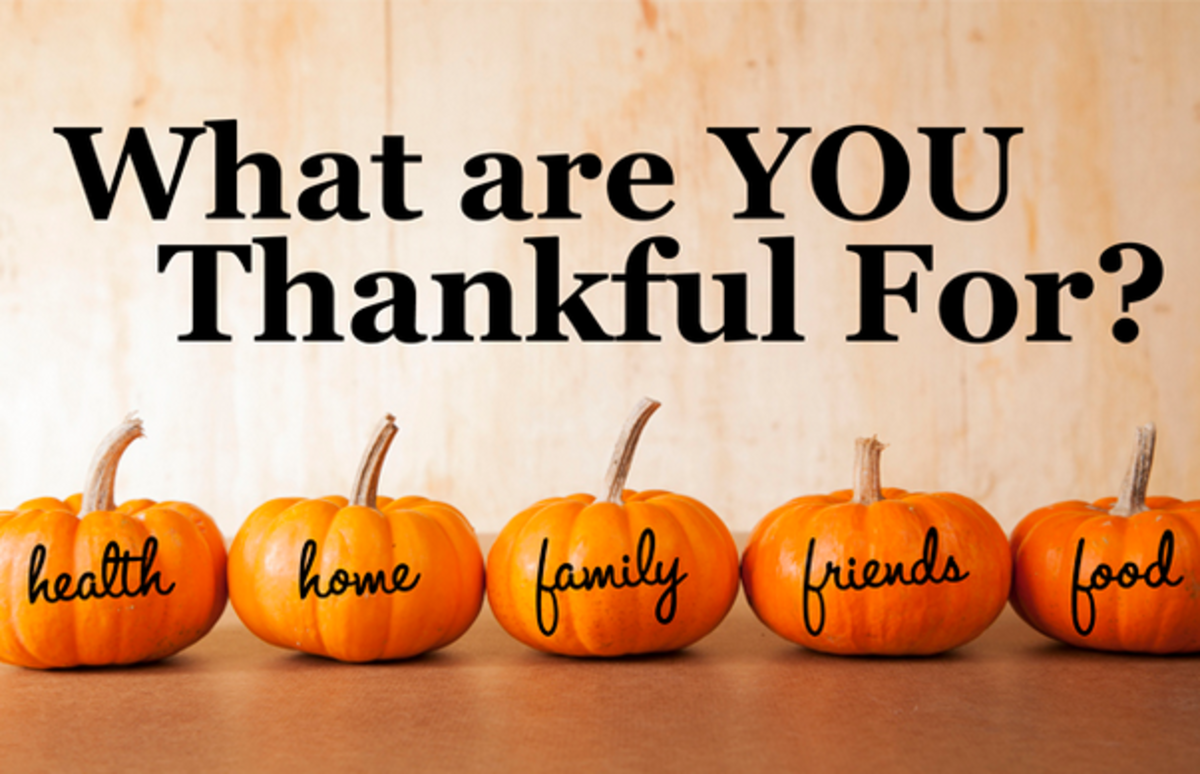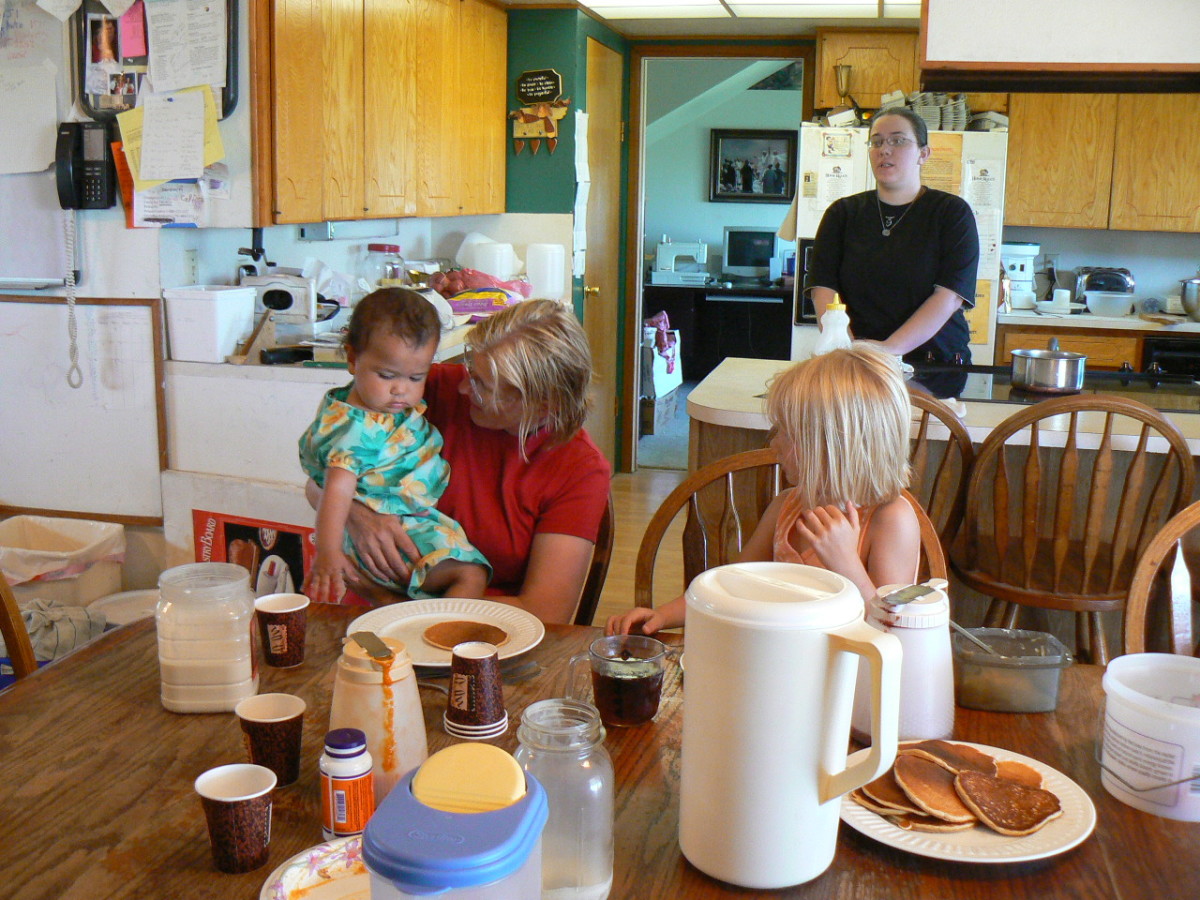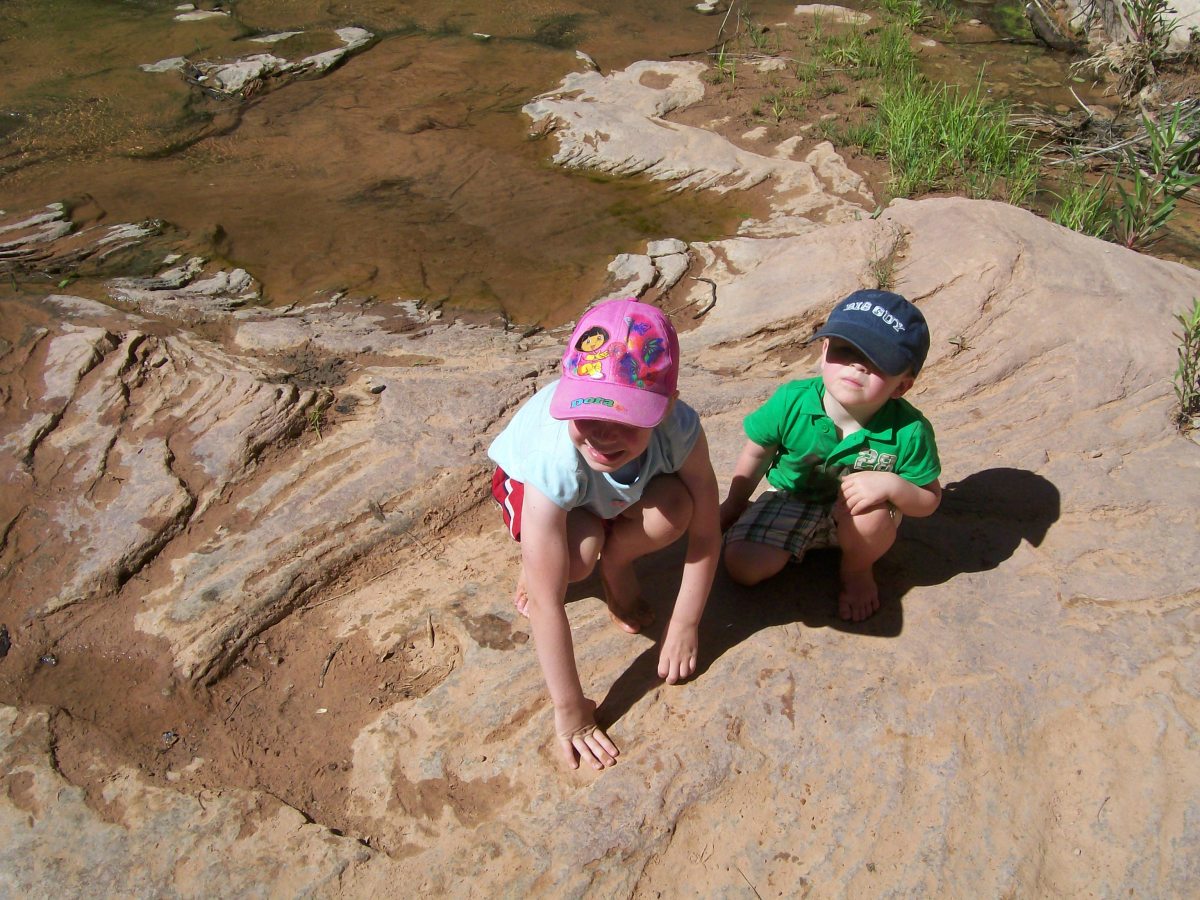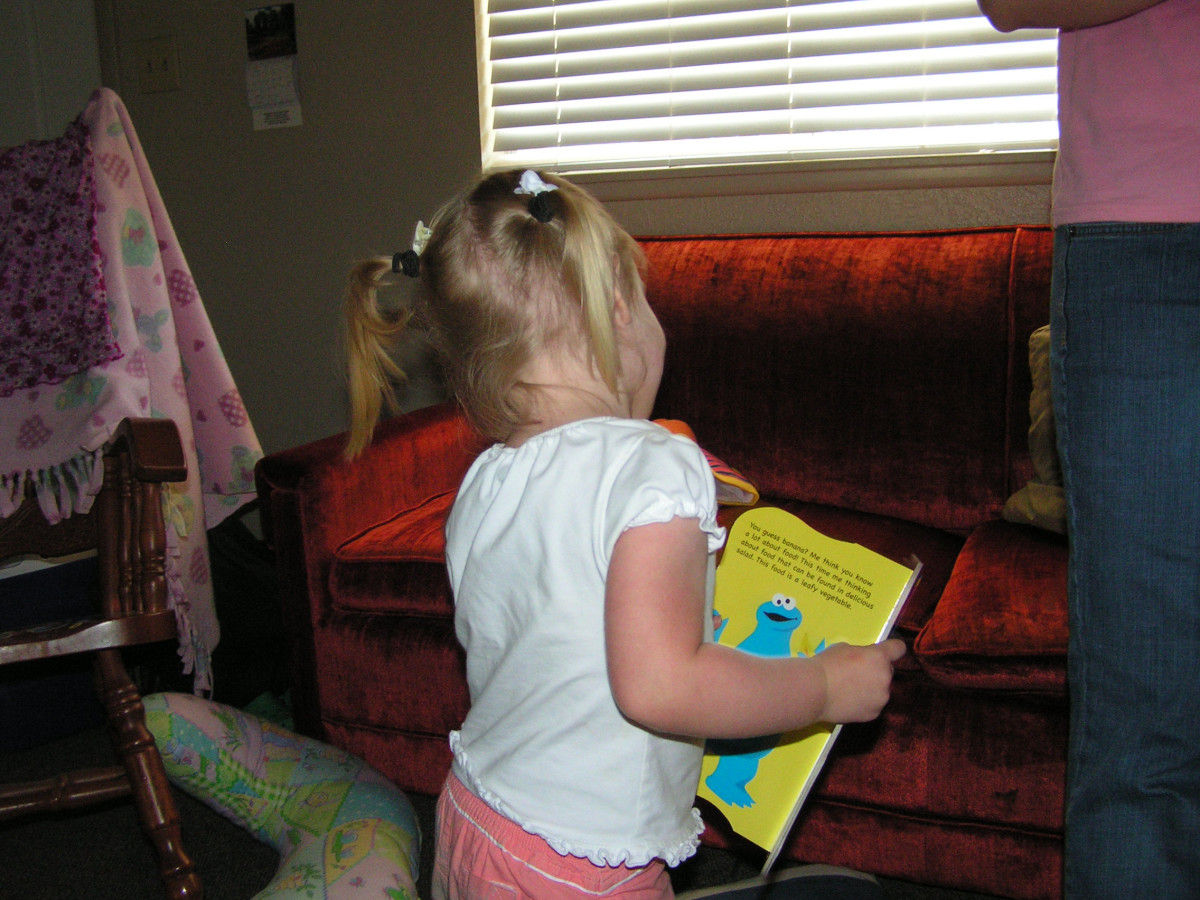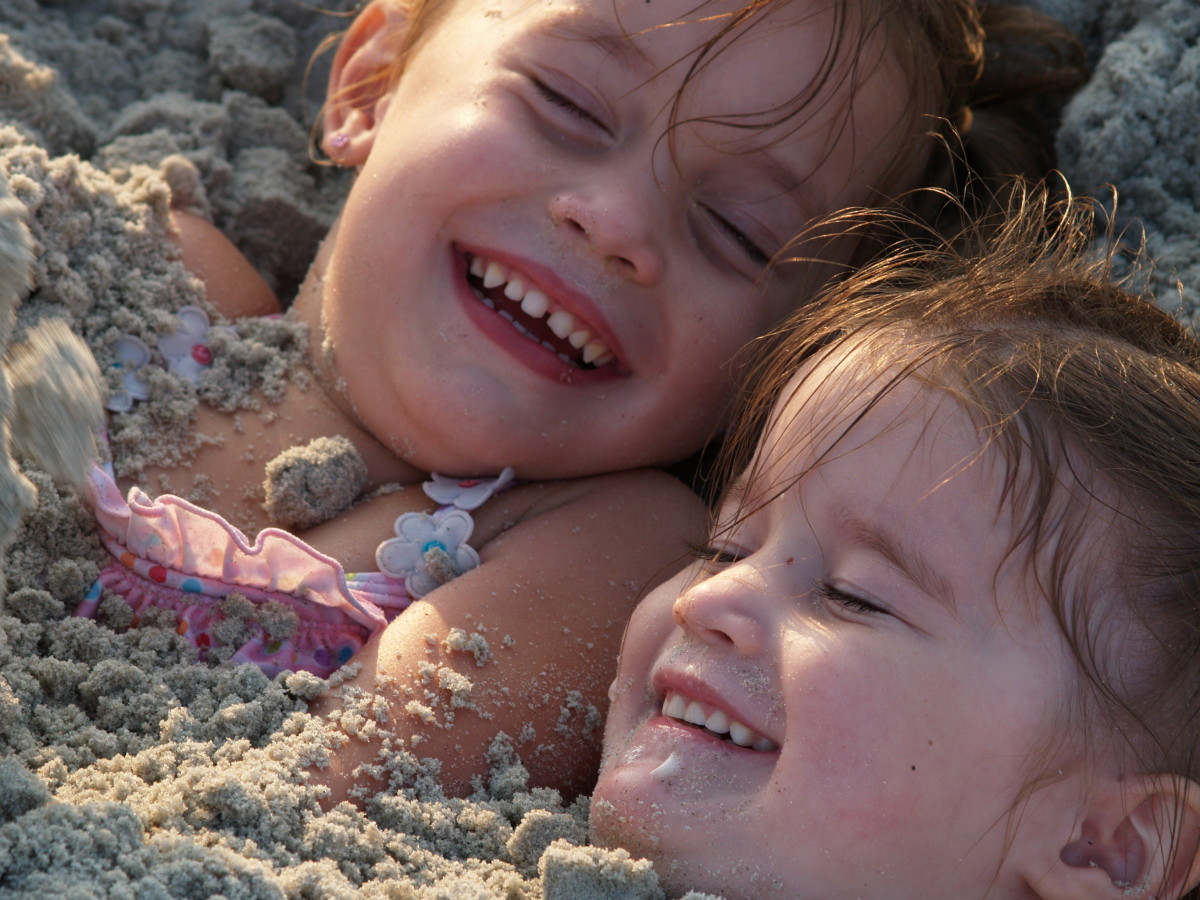- HubPages»
- Family and Parenting»
- Parenting Skills, Styles & Advice»
- Parenting Advice & Tips
Teaching Kids to be Grateful

Having the attitude of gratitude can start early. Parents, teachers and caregivers are the models through which the child sees the beauty of life and things around him and learn to be grateful for them. Here are the myriad of ways we can teach kids to be grateful.
1. Teach Kids the Words Used to Express Gratitude
Kids need to know that there are words they can use to express gratitude. The most common and beautiful one is “Thank you.” Other words include, “I am grateful. I appreciate what you did for me. I am thankful for your kindness.”
Related words to convey gratitude and happiness include:
- I am pleased to meet you.
- I am thrilled you could join us.
- I am delighted to have you on our team.
2. Allow Children to be Creative in Expressing their Thankfulness
In our preschool, there is a time when kids get to make their personalized thank you cards. They get to draw or decorate it according to their preference. But when you start sharing to them the concept of gratitude, you can also ask them how they would want to say thank you? Their answers may just catch you with delightful surprise.
- Little Sabrina gives a small flower and places it in the desk of her teacher.
- Little Richard scribbles a crooked ‘thank you’ on a writing pad paper folded six times.
- Little Cassie draws stick figures of a happy family.
- Little Johnny gives you a tight hug.
- Little Sheila says, "Mommy tomorrow I will cook you breakfast!"
Pay attention to their love language. Some may express it differently and it is up to us to notice it and celebrate that which is given with a thankful heart.
3. Say a Little Prayer of Thanksgiving
It’s meal time and one eight year old boy began complaining of the food that is placed before him. He grumbles that the fried chicken is not to his liking. There is fish soup and vegetables, the mom offers. He stands up pouting and goes to the refrigerator to see if there is something else he likes to eat. The mom doesn’t say anything. The child has forgotten the gift of having good food provided to him.
Yet on the other side of the world, another eight year old boy places his hand together and says a prayer of thanks, grateful for a small bowl of rice and hot soup with a sprinkle of onions and nothing else. After saying grace, he smiles at his mom who smiles back at him.
What a world of difference if we are able to teach kids to be grateful for what they have. Saying a prayer of thanksgiving before meals or when you arise or fall asleep is one way to bring them into that space of gratitude.
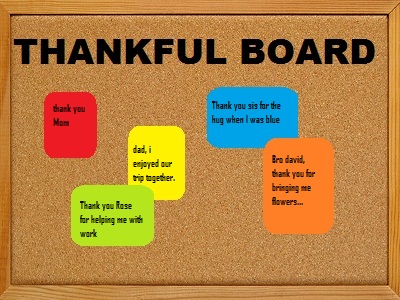
4. Put Up a Thankful Board
Parents and teachers who want kids to be aware of the things to be thankful for can put up a thankful board. Colorful ‘posts it’ can be placed near the board. And if a child remembers something that she is thankful for the day, all she needs to do is get the paper, write and post it on the board!
As a variation, kids can also post photos of the people or things they are thankful for in life. Photos of their family, grandparents, teachers, friends, pets, toys etc. can be placed on the thankful board. This is a good way for kids and adults alike to remember the things they are thankful for.
Most of all, if you are feeling blue, just go and look at your thankful board. The photos and the notes will lift you up, that’s for sure.
5. Make a Family Scrapbook of Gratitude
Family bonding time can be spent on making a scrapbook. Each family member gets the chance to add something they are thankful for. It can be a note to dad or a photo of your favourite time together as a family. For instance, “To dad, thank you for our walks in the garden.”
What a beautiful legacy we can give our children when we are able to compile a family scrapbook filled with lots of gratitude and happy memories to treasure.
6. Compose a Gratitude Journal
This is for older kids who can already compose sentences. Writing on your gratitude journal is a wonderful way to be aware of the things that you can be thankful for. To get into the habit, you can schedule days in the week where you and your child write on your own gratitude journal.
As an added activity, you can also schedule once a month where you have silent journal reading time for ten minutes. After which you all share how you feel reading your journal.
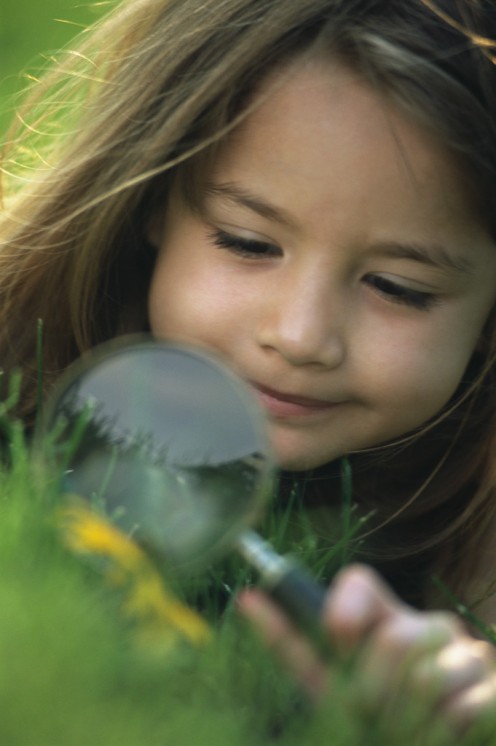
7. Play the What If Game
In a workshop I once attended, the trainer gave us an assignment. For one whole day we couldn’t use our thumbs. The next day, we all gave our feedback. We had a hard time doing simple activities like texting, opening the zipper of our pants in order to pee or write. Gosh, we suddenly were very much aware and thankful for this teeny weeny part of my hand called the thumb.
What if you couldn’t use your thumb? What if you have no eyesight? What if you couldn’t hear? What if you had no bed to sleep on tonight? These are just some of the questions you can play. Remember just one What-If game for a day.
8. The Magnetism of Thanks Activity
You will need a plate of filled with sand, a couple of magnets, small iron filings, salt.
Ask the kids if they can pick the tiny iron filings that are mixed in the sand using their eyes or fingers. Then bring out the magnet and tell them that this magnet can help them do that. Allow them to observe the magnet as the iron stick to it.
Explain that the sand represents your day while the magnet is your heart – a thankful heart. A heart filled with gratitude can easily scan your day and pick out the wonderful blessings just like the magnet picking out the iron. But if one’s heart is not grateful, it is like your fingers. No matter how much you search through the sand, your day, you can’t find any particular thing to be thankful for.
Have the kids take turns sweeping the magnet and allowing them to recall their day and say that which they are thankful for.
After, explain that just like the magnet attracts the iron, a thankful heart attracts more things to be thankful for in life.
9. Say Thankful Affirmations
Affirmations are words we utter to declare the truth within ourselves and it is a helpful tool to change one’s thinking and attitude.
Sample affirmations:
- I am grateful for who I am and what I have in my life.
- I am a grateful person. I praise the good in my life.
- I have a thankful heart.
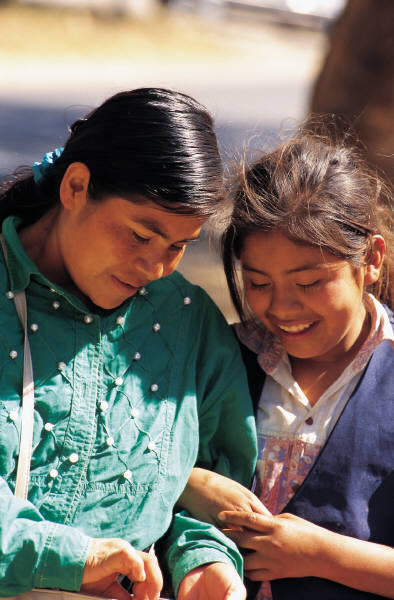
10. Be a Parent or Teacher with a Thankful Heart
It’s time to check yourself. Do you have a complaining or thankful heart?
A child’s values, beliefs and perception are acquired with the things he observes around him especially from the most important people in his life. If you are having a bad day, how do you respond to it? Are you thankful for the things in your life? Do you express it in words or in actions?
If you still struggle in this area, you can do the above activities with your child with a more determined mindset. For sure, a thankful heart helps us have better attitude and allows us to believe in the abundance there is.
I thank you for reading this article and I hope you found some gems of wisdom along the way.
BY: Michelle Simtoco



